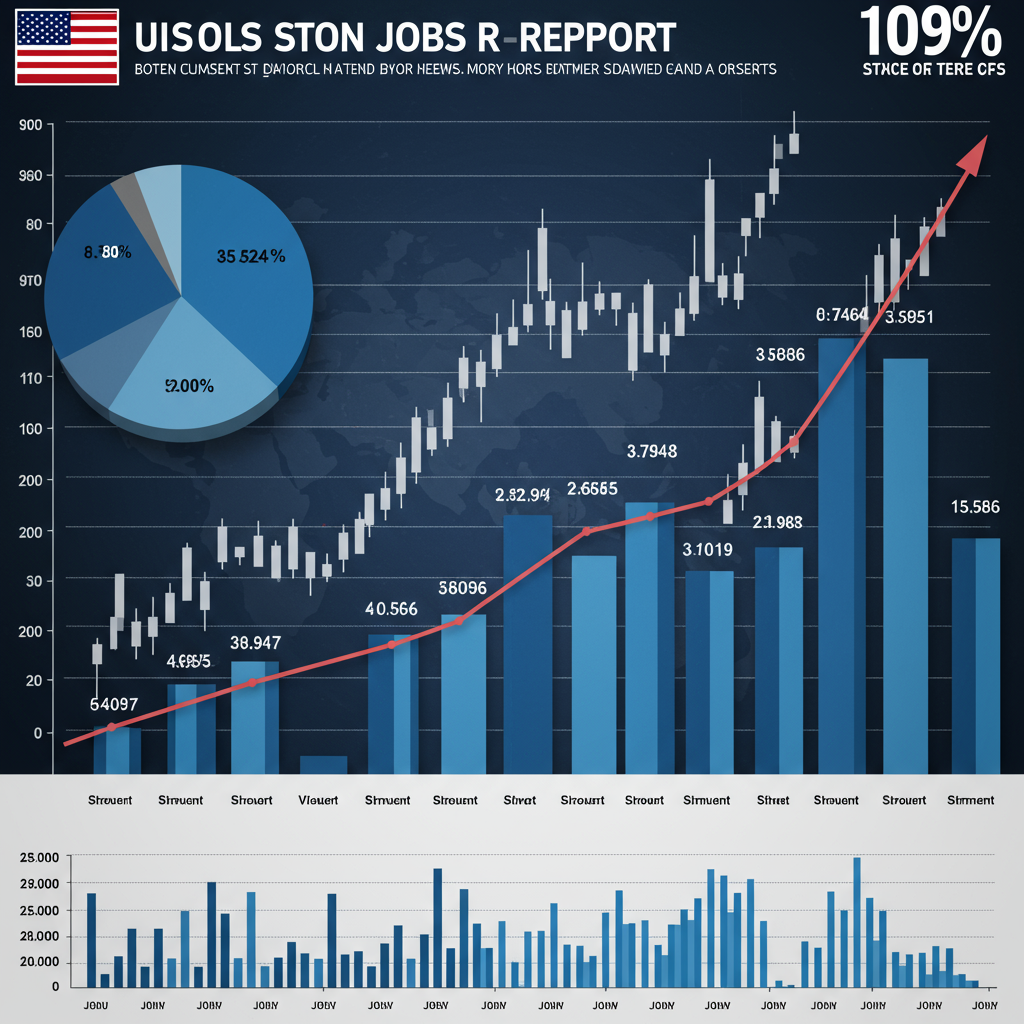Despite becoming the world’s most sanctioned nation following its 2022 invasion of Ukraine, Russia’s economy has demonstrated remarkable and unexpected resilience. While initial forecasts predicted collapse, Moscow has managed to weather the storm far better than many anticipated.
According to official Russian data, the economy reportedly outpaced all G7 nations in 2023, expanding by a significant 4.3%. This compares favorably to figures like 1.1% in the UK and 2.8% in the US for the same period.
Much of this growth has been fueled directly by the Kremlin’s record military spending. The government injected massive fiscal stimulus into the economy, adopting a form of “military Keynesianism” that directed funds towards defense production, procurement, and social support programs.
Russia also proved adept at adapting to financial pressures. Swift, strict capital controls implemented early on, coupled with specific actions regarding Western firm payments and the behavior of Western financial institutions, helped prevent the kind of destabilizing capital flight seen in other economies. This combination of stimulus and capital control contributed significantly to the unexpected stability.
Furthermore, Russia successfully redirected its crucial oil exports. Volumes previously destined for Europe have largely been rerouted to key markets like China and India. Moscow has also utilized a “shadow fleet” of tankers with obscured ownership to circumvent sanctions elsewhere. While sanctions targeting tankers increased costs later, they came too late to significantly impede the initial military build-up phase. Moscow also adapted its oil tax regime to better capture revenues based on global prices and production, minimizing the impact of discounted sales. The Russian rouble also showed surprising strength for a period, reportedly achieving significant gains, although its value remains sensitive to external factors.
Clouds on the Horizon: Emerging Economic Challenges
However, this period of unexpected resilience is now showing signs of strain, with the economic outlook potentially shifting as the country approaches 2026.
Key challenges are mounting within the country:
Persistent Inflation: Inflation has remained stubbornly high, standing at 9.9% in the year to April. This is partly due to Western sanctions increasing the cost of imports, but also significantly driven by severe domestic worker shortages.
Soaring Interest Rates: To combat rising prices, the central bank dramatically hiked interest rates, peaking at 20%. While aimed at taming inflation, these high rates make it substantially more expensive for companies to borrow capital for much-needed investment.
- Critical Labor Shortages: Russia faces a severe workforce crisis exacerbated by demographic decline, military recruitment, and an estimated 750,000 skilled workers leaving the country, often to avoid the conflict. Russia’s Higher School of Economics estimated a deficit of around 2.6 million workers at the end of 2024. These shortages force companies, particularly in the booming defense sector, to raise wages to attract staff, further fueling inflation and distorting overall economic growth.
- www.bbc.com
- www.csis.org
- www.winnmediaskn.com
- www.bbc.com
- bluevirginia.us
Adding to domestic pressures, vital oil and gas revenues have fallen due to sanctions and weaker pricing. Official figures showed these revenues were down by 35% year-on-year in May. This decline has contributed to a widening budget shortfall.
This deficit means money is increasingly being reallocated from essential public services and infrastructure projects – like roads, rail, and utilities – towards the non-negotiable military budget. The quality of provision in these areas is reported to be suffering as a result.
Sanctions Continue to Bite
While Russia has found ways to mitigate the initial impact of sanctions, they continue to act as a drag on the economy. Russian companies struggle to import necessary technology, severely impacting sectors like the car industry. The EU’s ban on coal imports and planned phase-out of gas imports by 2027 represent ongoing pressure points, particularly as diverting gas exports is far more challenging than oil.
Experts note that while these pressures are unlikely to significantly impede Russia’s ability to wage war in the short term, they constrain the economy’s capacity for long-term growth and diversification. The combination of limited technology access, labor shortages, and reduced non-military investment paints a difficult picture for future economic potential.
Expert Perspectives: Downturn, Not Necessarily Collapse
Despite these significant headwinds, most experts do not predict an immediate economic collapse. One Moscow-based economist suggests that while the situation will be “pretty uncomfortable” until late 2026, likely involving defaults and bankruptcies, the downturn will be “mild” compared to previous Russian recessions. He points to the current record-low unemployment rate (around 2.3%) as a sign of fundamental difference from prior crises, noting it is expected to peak at only about 3.5%.
However, the consensus among analysts is that Russia appears to have entered a period of economic stagnation, driven by the structural issues exacerbated by the war and sanctions. This view acknowledges that while the economy is currently holding together, it is doing so in a way that relies heavily on state spending and military production (“growth of the wrong kind”), rather than sustainable, diversified development. Lessons from weaker sanctions imposed after the 2014 annexation of Crimea seem to have prepared Russia somewhat, fostering a degree of self-sufficiency and reliance on state control – a “Fortress Russia” mentality.
Kremlin officials publicly maintain a confident stance, asserting that the economy possesses “macroeconomic stability” and “underlying strength,” claiming it is developing successfully thanks to government policies.
Uncertain Future: Peace and Long-Term Costs
The future trajectory remains uncertain. A potential peace deal in Ukraine, while not guaranteed, could alleviate some immediate pressure on Moscow. However, a return to pre-2022 levels of European energy purchases is widely considered unlikely, even if sanctions were modified, which itself is uncertain.
Ultimately, regardless of short-term resilience or potential peace scenarios, the conflict appears set to impose significant long-term costs on Russia’s economy. With sanctions persisting, diversification hampered, and internal structural issues deepening, the government may be running out of effective strategies to offset these mounting challenges.




